First, I should inform you that I am a mechanical engineer, so this is an adventure to me. What can sound as basic to you, is like a new discovery for me.
Second, I would like to introduce you the context I am going to use this:
I have set up an experiment in which I have a beam with a fixed end and a free end. The free end has a magnet coupled, which moves inside a coil, in order to transfer energy from my mechanical domain (beam) to an electrical circuit. 
Due to my experimental restrictions, I can't attach the coil to the beam and build a proper magnet circuit around it, so in order to improve my electromechanical coupling I have built a coil with 27k turns (using AWG 34), which gave me a 3.3 KOhms resistance and 10.8 H inductance.
Since I am investigating the damping provided by the electrical domain to my beam, I don't care about the inductance, but the internal resistance of my coil is an issue. Finally I come to my electronics question: is it possible to reduce the resistance of a voltage source (coil)? If yes, how can I do that?
I have tried building a Negative Impedance Converter (NIC) so I could achieve a static negative resistance. Apparently, this NIC only works to improve the impedance of current sources, but it is not practical to use it to improve the impedance of voltage sources. I have studied a bit of Norton's theorem to get my equivalent current source and I have tested it with the INIC, but the results were just equivalent to having my coil short circuited, which means the equivalent resistance was the internal resistance (Rs) of my coil (or near it).
So is it even possible to reduce my coil's internal resistance without changing it, just using electronics? I have seen there are another options like gyrators, but I would not like to lose more time to just discover it won't work.
Hopefully you will be able to help me and if you think I should improve my question just ask for more details.
Thanks!